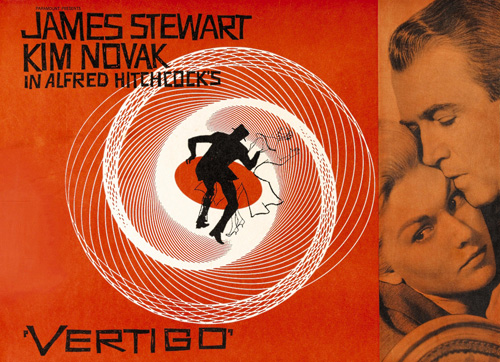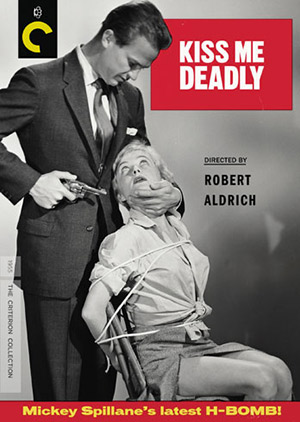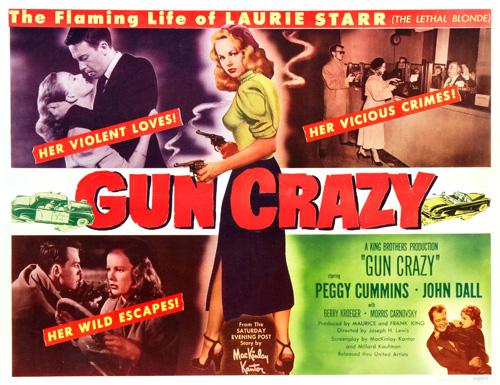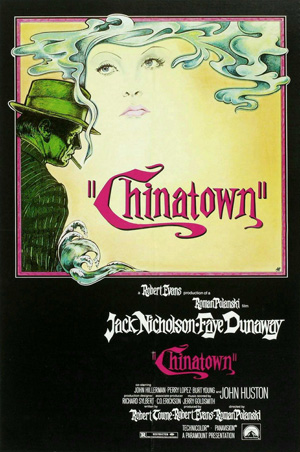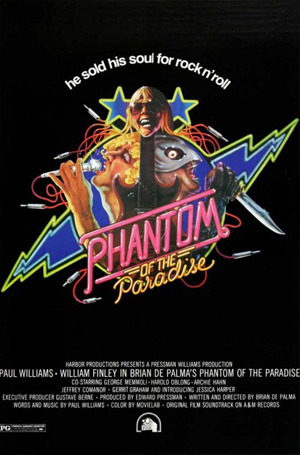As I write this, on March 9, 2020, it’s Mickey Spillane’s 102nd birthday – a reminder of how lucky I was to encounter his books at an impressionable age, and eventually have an unlikely friendship and collaborative association with this key figure not only in mystery/crime fiction, but popular culture, worldwide.

As you read this, if you’re one of those who catch up with these updates as they first emerge, it’s March 10, 2020, the publication date of two of my novels (by two different publishers): Do No Harm, the new Nathan Heller thriller, and Girl Can’t Help It, the second Krista Larson mystery.
If you are one of the regular readers here, you may recall that the new Mike Hammer, Masquerade for Murder – written by me from a Spillane synopsis – was to be published a week later. That pub date has, I’m not sorry to announce, been moved to April 7, which at least puts a purchase of that third new Collins novel on a separate paycheck for loyal readers.
Do No Harm is a novel based on a real-life mystery that has fascinated me since 1961 when I read The Sheppard Murder Case by Paul Holmes – I would have been 13. And of course the television series The Fugitive, which began in 1963, only fueled that interest. And I did love that series – David Janssen’s charismatic, melancholy performance was something new in a TV hero, with a tragic depth unusual for the day. I watched every episode, and later – during my community college years – Barb and I would watch a syndicated episode over lunch at my parents’ house.
Like a lot of TV actors, Janssen had a shrewd if limited bag of tricks. My late actor friend Michael Cornelison told me that actor Robert Lansing (star of 87th Precinct and 12 O’Clock High) had advised him – should one of several TV pilots Mike starred in get picked up – to develop a characterization that would stay consistent and require few strokes, and allow the guest actors to carry the water. I gathered the same thing from Raymond Burr, when I worked on a project with him in Denver during the Perry Mason TV-movie days – he spoke of having to sleep in his dressing room at night because of the demands of being in so many scenes of his series.
I recently watched a Blu-ray of Superdome, a TV movie starring Janssen and a strong cast of its era. The actor was just two years away from his premature death at 48, and looked much older. Reportedly a hard drinker, Janssen – in a rather wretchedly written TV movie – brought along the same tics and tricks, and yet despite the rote feel of it still conveyed a humanity and sadness little seen in TV leads of his era. Sam Sheppard died at 47.
I waited a long time before bringing my detective Nate Heller to this case, even though it had been on my true-crime short list since the ‘80s. The murder of Sam Sheppard’s wife was not an easy fit for Heller. I have always attempted to bring Nate into a case in a natural fashion – that is, to fill in for a real-life participant (a cop, reporter, insurance investigator, actual P.I.) or combination thereof, as in Blood and Thunder where in Part One Heller is a Huey Long bodyguard and in Part Two he returns to Louisiana a year later on an insurance investigation into Long’s assassination.
Figuring out how to put Heller at the crime scene in Marilyn Sheppard’s murder seemed necessary to me, dramatically, as was determining how to narratively span a case that included Sheppard’s conviction, long struggle for justice from behind bars, and ultimate re-trial. Many other wrinkles made the case a tough one for my approach, including a particularly involved number of alternate theories for what really happened. I like to develop my own theories – or I should say Heller does.
Ironically, it was the project I was working on prior to starting Do No Harm – which I had contracted to write but was still struggling with what my approach would be – that finally gave me a window onto the case. In working with A. Brad Schwartz on the non-fiction book Eliot Ness and the Mad Butcher, I discovered that Eliot Ness had essentially lived next door to Sam Sheppard. Nobody had noticed this before, probably because Ness lived there in the ‘30s and Sheppard in the ‘50s. But nonetheless the coincidence struck me as irresistible – two of the most famous figures in not just Cleveland crime but American jurisprudence lived next-door.
Additionally, a latterday victim indicating the Mad Butcher of Kingsbury Run might have struck again in 1954 was the perfect reason for Ness to (a) call Heller back to Cleveland for consultation, and (b) to check out the crime scene of a brutal murder in Ness’s old neighborhood.
The other solution to involving Heller was Perry Mason creator Erle Stanley Gardner’s interest and involvement in the Sam Sheppard case. I had already established that Heller knew Gardner (in Carnal Hours) and had done some investigating for Gardner’s Court of Last Resort. That brought Heller into the effort to find out the truth about Sam Sheppard’s guilt or innocence in 1957, when Gardner’s activity in the case came to a head. Further, newspaper columnist/TV personality Dorothy Kilgallen – basis of Flo Kilgore, a recurring character in the Heller saga – was also a key figure in the Sheppard case.
Everything was coming together. Part Two would jump to 1966 and a role for Heller working for Sheppard’s new lawyer, F. Lee Bailey.
The novel was a challenging one, because of the jumps in time – while Book One is 1957 and Book Two is 1966, there are flashbacks within each. From a creative standpoint, however, I found that interesting and even fun, because the difference in decades – in Heller’s life and in America itself – provided a contrast I could play with.
And I have come up with a theory of my own, although oddly some reviewers (positive ones, by the way) have somehow thought I was leaving the story unresolved. I think that may possibly be because I have changed more names than usual, not wanting to cause trouble for the real people and their families who various alternative theories touch upon. I had already developed this theory when new evidence came to light, in an updated version of one my source books, that seemed to confirm my take on the case. My longtime research associate, George Hagenauer, has long said I have an almost psychic ability to suss out the truth of these crimes, and sometimes I almost agree with him.
The story behind Girl Can’t Help It is even more directly personal. Regular visitors here know of my rock ‘n’ roll connection, and that my bands The Daybreakers and Crusin’ are both in the Iowa Rock ‘n’ Roll Hall of Fame. That’s an honor that some snicker at but which I take with a genuine measure of pride. I began playing with a short-lived group in 1965 with the Daybreakers forming in ‘66 while I was still in high school. Singing lead and playing “combo organ” have been a big part of my life for a long time.
We had our brush with fame when “Psychedelic Siren” was issued by Dial, a subsidiary of Atlantic Records, a single produced by Joe Tex’s producer, Buddy Killen. We had a regional hit and in subsequent years, unlikely as it might seem, that track became a part of numerous national vinyl and CD collections of ‘60s garage band rock. In more recent years the song has been covered by bands all over the place – not all of them in the USA. Several versions can found on You Tube.
Both the Daybreakers and Crusin’ opened for such acts as the the Buckinghams, the Turtles, the Strawberry Alarm Clock, the Grass Roots, Del Shannon, and Peter Noone, among quite a few others. In early 1968 we did a brief Midwestern tour opening for the Rascals and Gary Puckett & the Union Gap when “Psychedelic Siren” was charting at Davenport’s KSTT.
So I was on the fringes of success in that field. Also, in the ‘80s, when I briefly dropped out of playing music to focus on a particularly heavy writing load, Crusin’ became the Ones, a New Wave-oriented version of the band that mixed originals with classic rock and became a big act on the Midwestern college circuit, particularly popular in Iowa City, where their LP got lots of airplay. When we re-grouped for reunions, the band would appear as the Ones some places, and as Crusin’ others. Later versions reverted exclusively to the Crusin’ name.
What does that have to do with Girl Can’t Help It? Well, the novel begins with a New Wave act from Dubuque, Iowa, who had some national success “back in the day,” years later (when the novel opens) getting into the Iowa Rock ‘n’ Roll Hall of Fame. In a much more direct way than ever before, I am dealing with rock as a major aspect of a mystery novel. I also dig into the darker side of being in bands in those days, although I want to be clear the group in the novel is not meant to be either the Daybreakers or Crusin’ or any of its members. But as part of that world, I saw things, not all of which were pleasant, even if I didn’t experience them. And I certainly saw – and experienced – the conflicts between members in such bands.
I will be interested to see how readers react to the second Krista and Keith Larson novel. I know a few readers – let’s call them a vocal minority – don’t like finding me dealing with lead characters who are not overtly larger-than-life in the manner of Quarry, Nate Heller, Ms. Tree, Mike Hammer, or even Vivian Borne. I set out in the Krista and Keith books to do people who are more real, and to do a father-and-daughter relationship that wasn’t built on snarky sarcasm (even though I think you all know that I can do sarcasm). The larger-than-life aspect comes by way of the crimes and the killer.
I admit to being surprised that any reader would have trouble with this approach. I only know that I like this new book a lot, rather relishing the rock aspect, and intend to write at least one more Krista Larson novel.
Girl Can’t Help It has inspired a particularly good review (as well as one of Girl Most Likely) at Atomic Junkshop, including something of an overview of my work in general, a very interesting take on it. I’m gratified to see someone whose favorite series is Quarry finding Krista Larson equally compelling.
As for Do No Harm, Publisher’s Weekly has chosen it one of its books of the week (running their rave, starred review a second time).
The Tor/Forge blog honors Do No Harm with a look at the Sheppard court case and other courtroom biggies of the ‘50s.
The Stiletto Gumshoe celebrates Mickey Spillane’s 102nd birthday here.
And the great western writer James Reasoner has very nice things to say about the forthcoming Caleb York, Hot Lead, Cold Justice.
M.A.C.
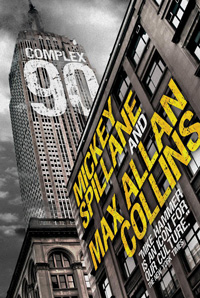
 The Million-Dollar Wound
The Million-Dollar Wound